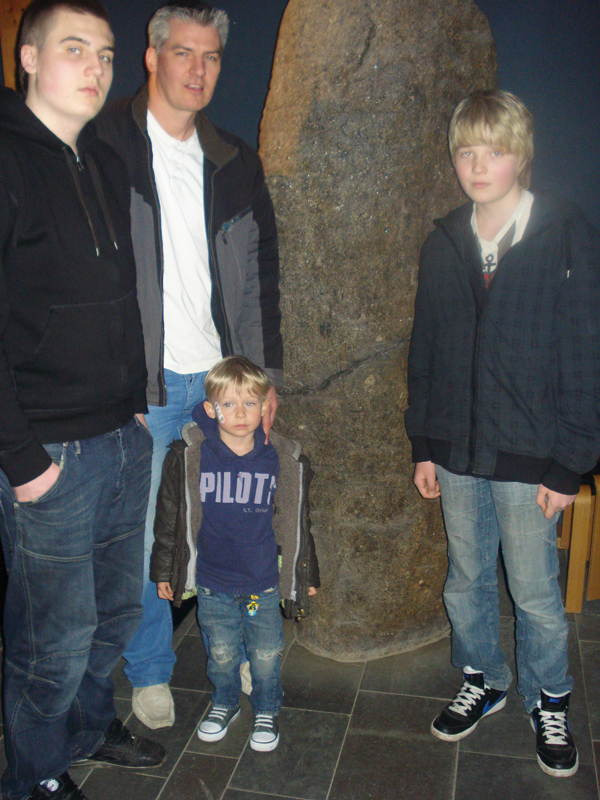Looking for information on Christopher Columbus Knoop, lived in Engleood Ohio, Montgomery county. Believe he may have been born 1875 in Holland. He sold the vegetables he grew on his famr , from the backof his truck, in Dayton, Ohio
Contact me for Tina’s contact information or signup and post a reply!
../mk
